
Bringing the Past Back to Life with AV Technology
There are a lot of lessons to learn from the past. However, keeping people actively engaged can be challenging. As many museums have learned, the proper (and creative) use of audiovisual (AV) technology can make even ordinary lesson an exciting, interactive and immersive experience.
Take a look at how Electrosonic has helped add life to historical deployments:
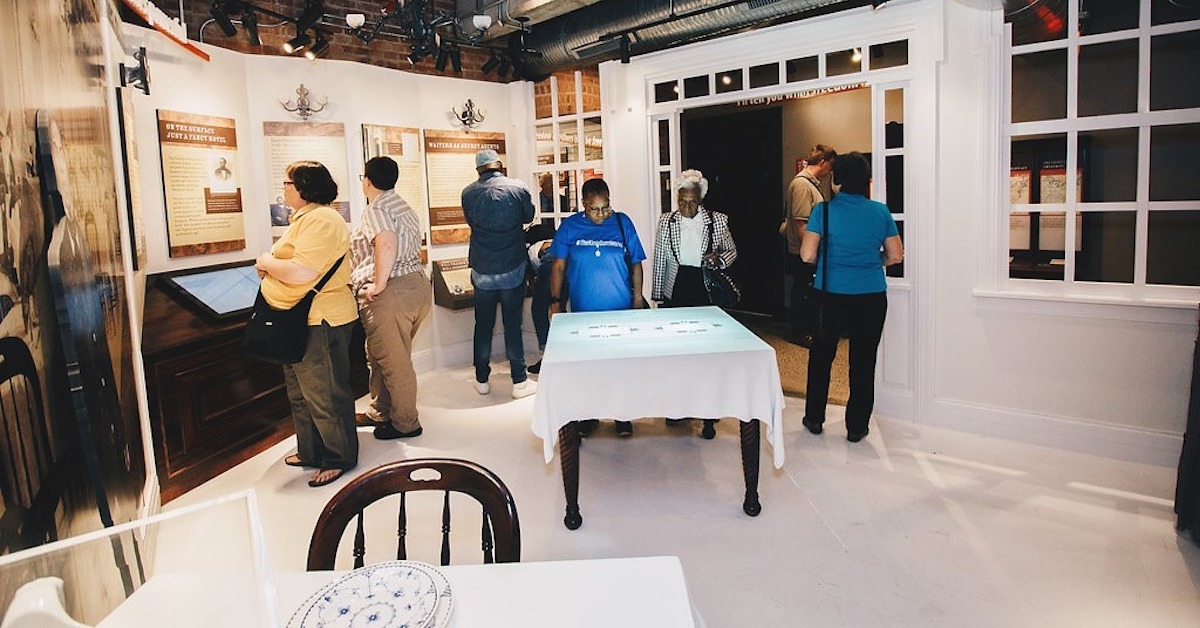
Niagara Falls Underground Railroad Heritage Center
The Heritage Center aims to tell the story from the perspective of the leading figures and the people involved in the Underground Railroad.
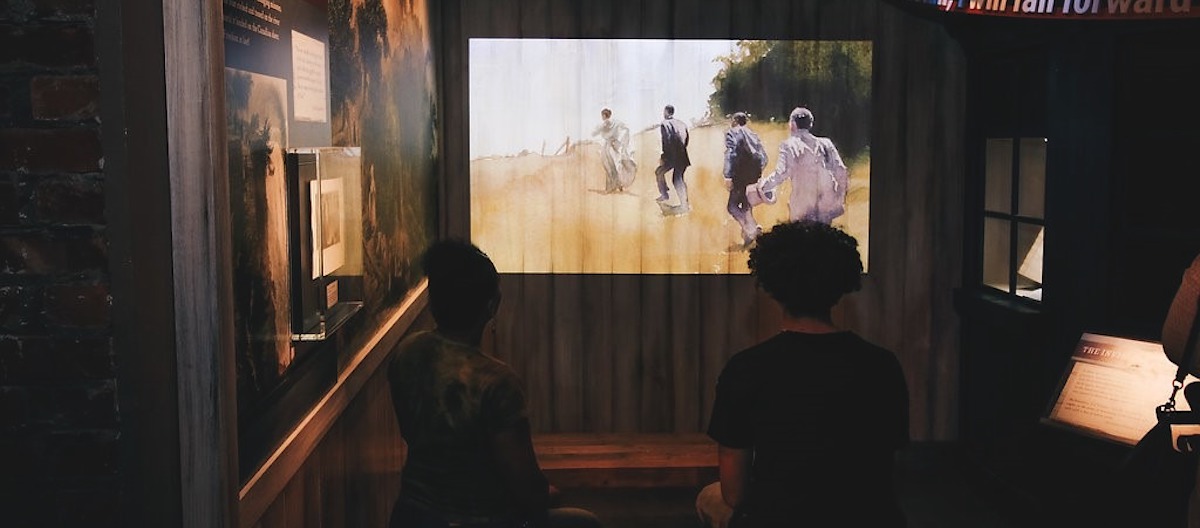
Working with Richard Lewis Media Group (RLMG) Electrosonic helped utilized technology to bring the realities of this extraordinary 19th century movement to life for today’s visitors. Linear video, Interactive and interpretive media help visitors understand and experience the dramatic final stages of the long, hard journey for themselves. Multimedia recreations of the crossing points highlight the risks the freedom seekers faced. Powerful audio gives a voice to historic figures letting them tell their inspirational stories in their own words.
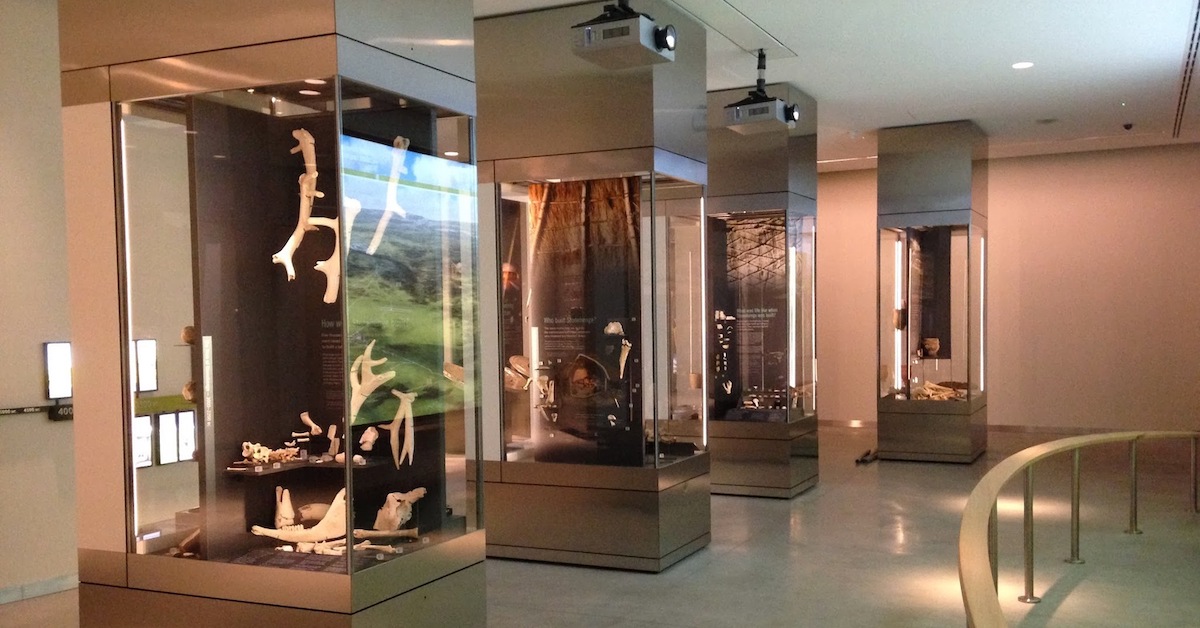
Stonehenge Visitor Centre
Letting visitors get close to Stonehenge, a 5000 year old World Heritage site, has always been a challenge. It’s a sensitive site with mystical and religious associations — conservation and protection has been a priority.
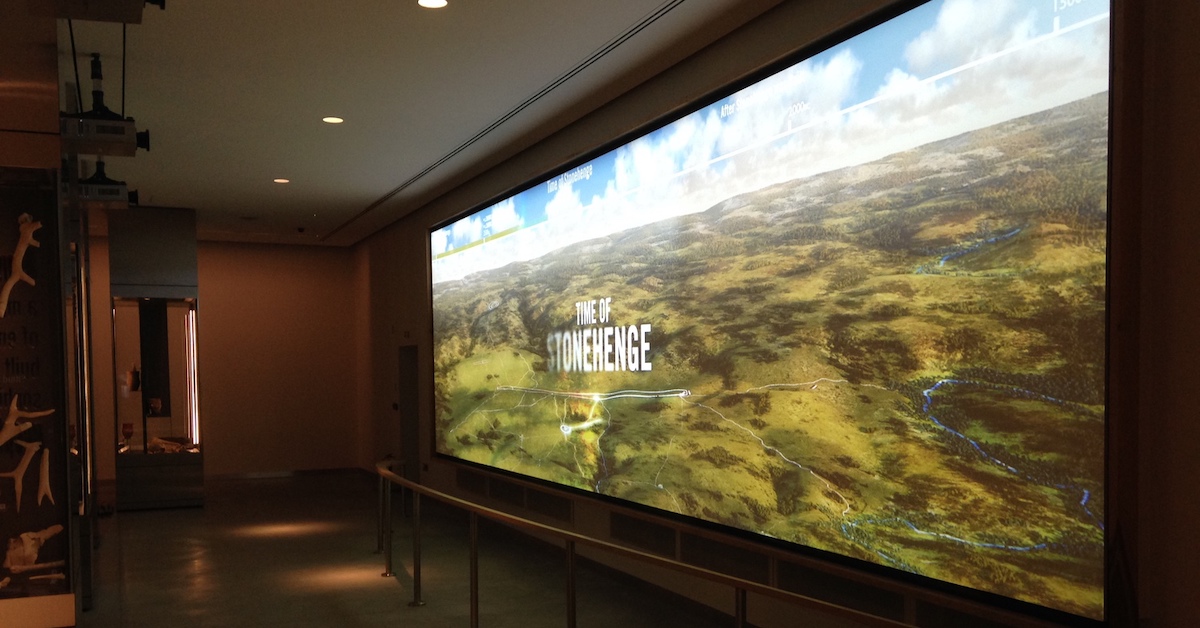
Electrosonic’s creative solution fused architecture, storytelling and technology by blending an auditorium with 360⁰ screen into the visitor center. Inside the immersive auditorium, visitors feel like they are surrounded by the stones. Giant high-resolution projection and powerful audio create an authentic atmosphere through changing seasons and recreate the excitement of the solstice. Careful siting of edge-blended projectors ensures visitors cannot obstruct any part of the seamless 360⁰ experience.
Battle of Bannockburn Visitor Center
It’s not easy to recreate an iconic 14th century event in the absence of any artefacts or archaeological evidence. But, to celebrate the 700th anniversary of the Battle of Bannockburn, one of the most decisive battles of the first War of Scottish Independence, the National Trust for Scotland decided to do just that.
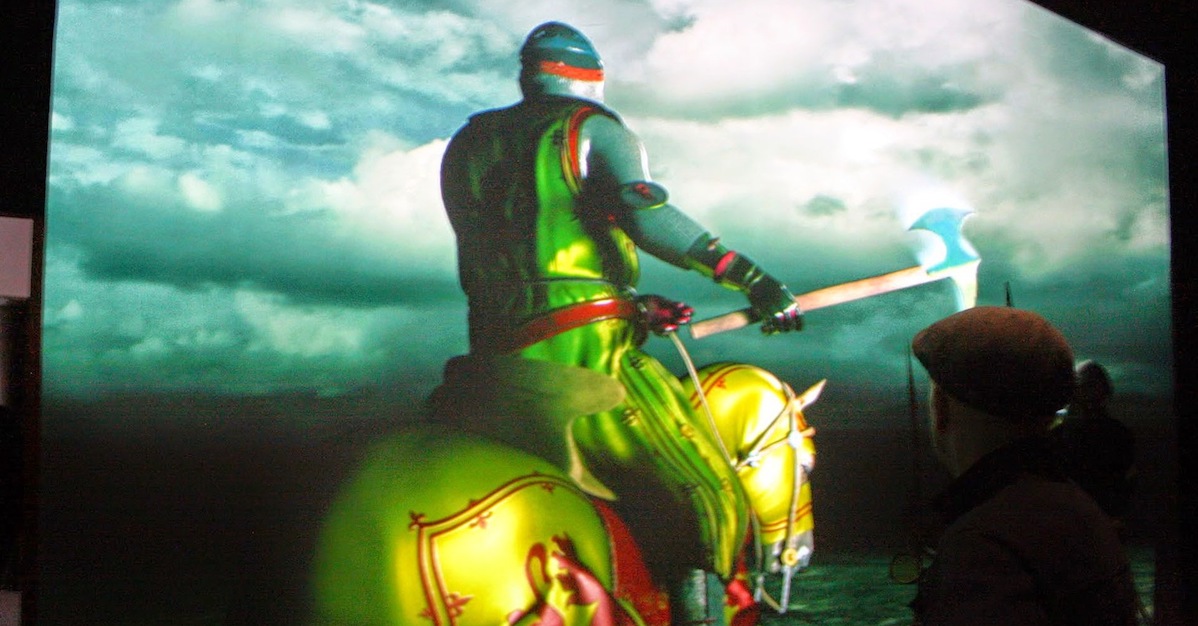
The Battle Room features a world-first fight choreography and advanced motion capture technique to immerse visitors in a realistic 3D battle. Complex projection maps the terrain while touchscreen technology lets visitors participate by generating troop movements and competing on a virtual battlefield. The battle scene is part a seamless interpretation — a 3D prologue introduces the circumstances and characters and a 3D epilogue completes the experience.
Idaho State Museum
The Idaho State Museum closed its doors for four years to totally rethink the way it could tell the State’s history. Idaho is a big state, with many stories to tell and a history with massive WOW moments.
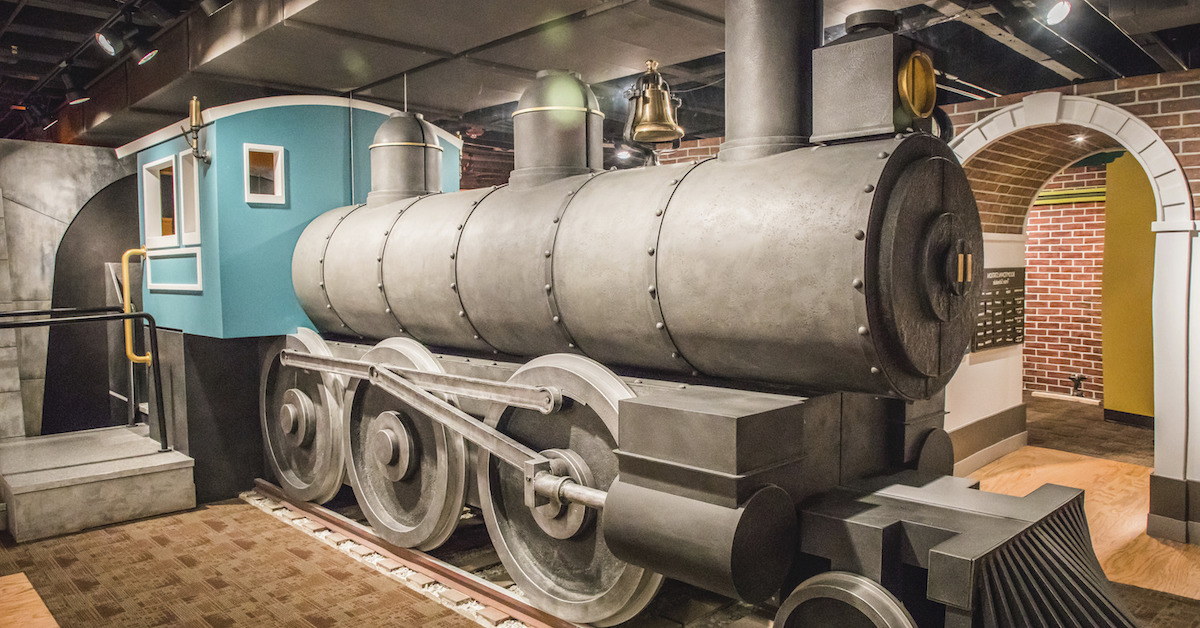
Electrosonic was tasked with supporting forty six individual multimedia exhibits to engage the audience with innovative storytelling solutions. They recreate real mining explosions, hear voices from the past round a virtual campfire or ride a bike through historic neighborhoods. And the showstopper, an immersive 4D wraparound recreation of the ‘Big Burn’ that turns the gallery into a burning forest.
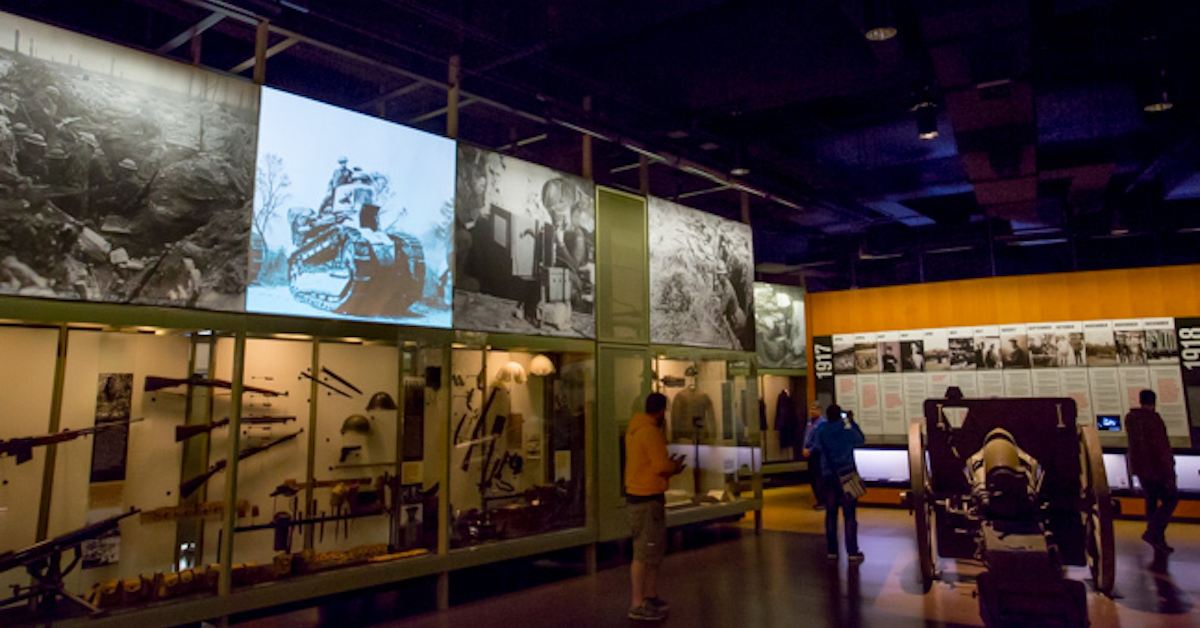
National World War I Museum and Memorial
To younger people of the current generation, the First World War may seem like ancient history. Moreover, for most visitors, World War 1 was something they had only read about in school textbooks or saw in Hollywood movies.
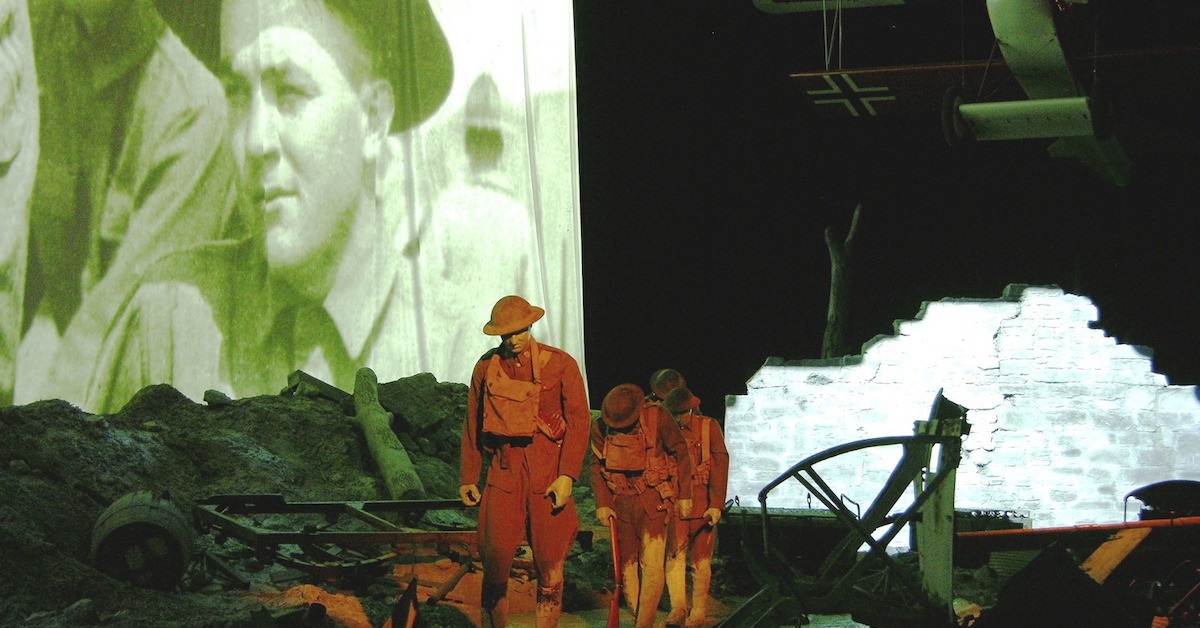
Technology takes visitors on an epic meaningful journey. They can experience the action from the soldiers’ perspective through a life-sized diorama and 100-foot wide panoramic screen. It truly recreates the barren landscape and reality of life in the trenches. Visitors get a hands-on feel for daily life on the front line. Interactive displays and simulations let them share and understand personal stories of courage, honor, and sacrifice.
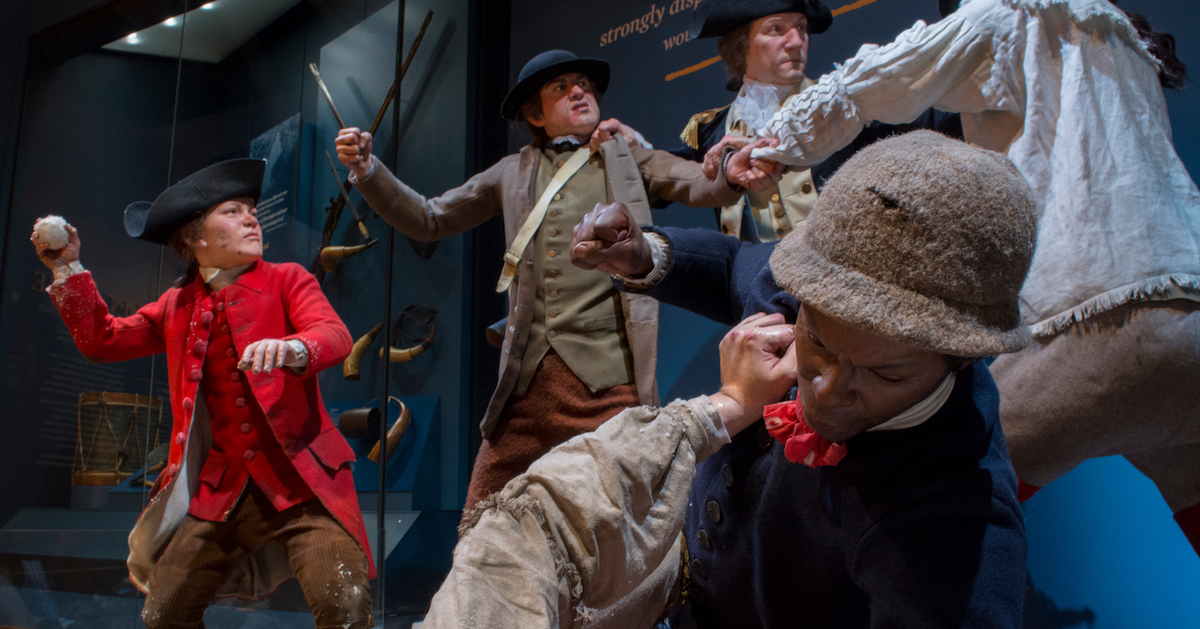
Museum of the American Revolution
Recreating the ideas, events, people and legacies of America’s revolutionary origins is no easy challenge. The Museum of the American Revolution uses innovative audiovisual to bring to life the sights, sounds and experiences of the young nation in the eighteenth century.
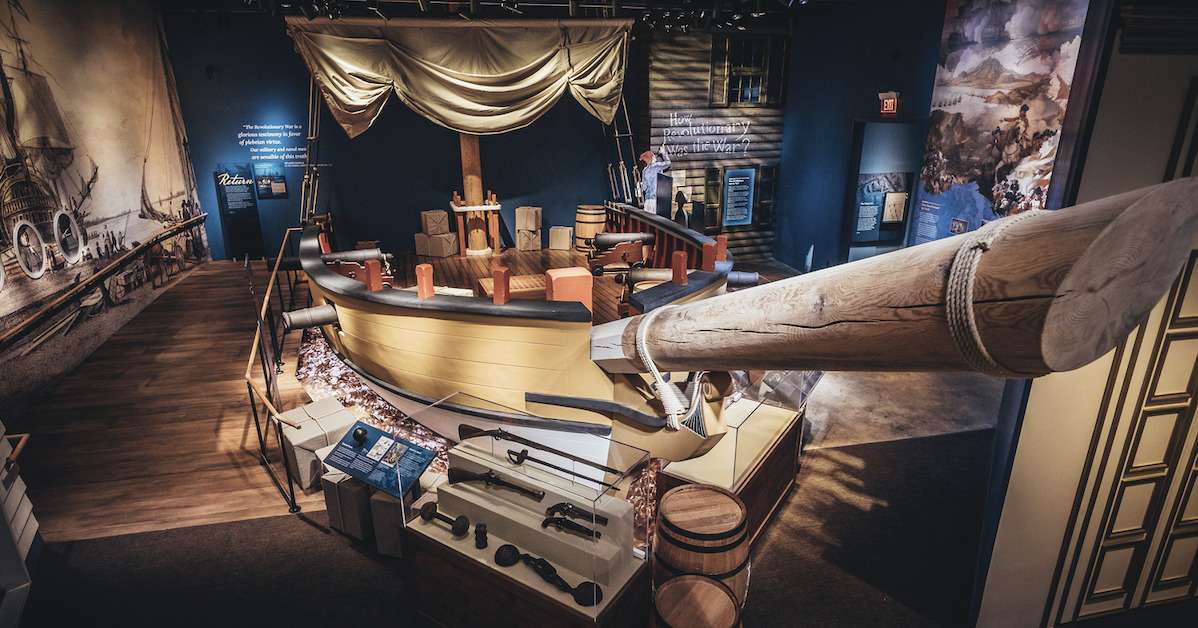
Electrosonic collaborated with architects and contractors to provide a complete design-to-build service that fused architecture, storytelling and technology. Edge-blended content, integration of special effects, lighting and video, shaking floors and powerful point-source audio create dramatic immersive reconstructions of key events of the Revolution. Audio is integrated with the contents of a replica ship and architecture is used as projection surfaces for the Museum’s complex smaller spaces.
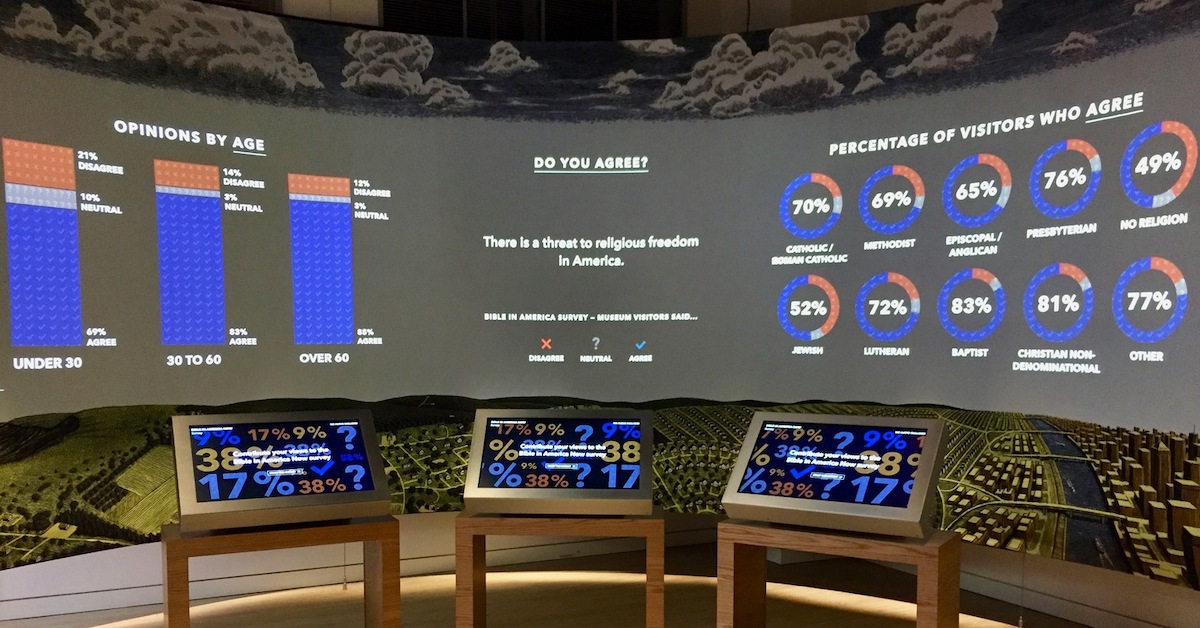
Museum of the Bible
Hollywood called it ‘the greatest story ever told’ in their portrayal of the New Testament — the Museum of the Bible goes further to tell the whole story in a museum of biblical proportions.
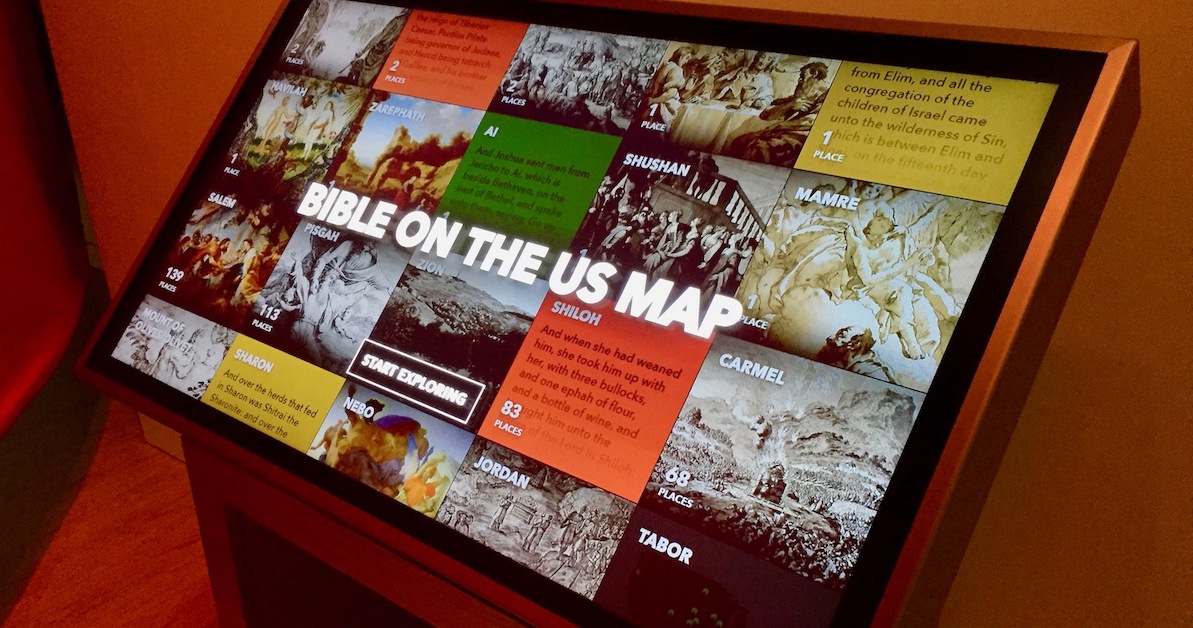
Displays tell the story of the Bible in powerful ways that are easy to understand. Visitors can listen to sermons, great speeches and Gospel or search for facts and uncover stories through interactive displays or videos. They can even visit Jerusalem through a 360otime-lapse panorama of the city. The systems are integrated with visitors’ handheld digital guides so that they can interact on a personal level.
Do you have a difficult story to tell? Armed with over 5 decades of experience finding creative ways to use technology, Electrosonic has the experience and expertise to help. Click here to learn more.
Alexander Hann
Alexander Hann, Communications Specialist, understands the challenges that clients face when they are making decisions about technology. He uses his extensive experience of communicating complex concepts to write about the latest developments in technology in a way that clearly explains benefits for business and technical decision-makers.










.jpg?width=1500&height=995&name=ELC501_N17_medium%20(1).jpg)

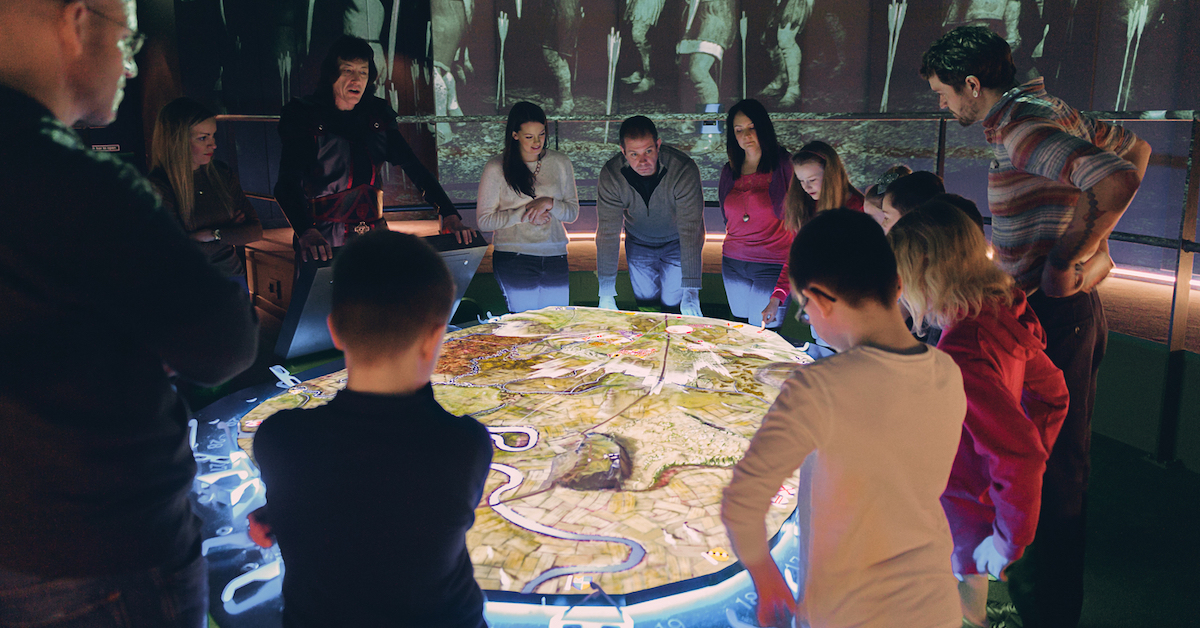
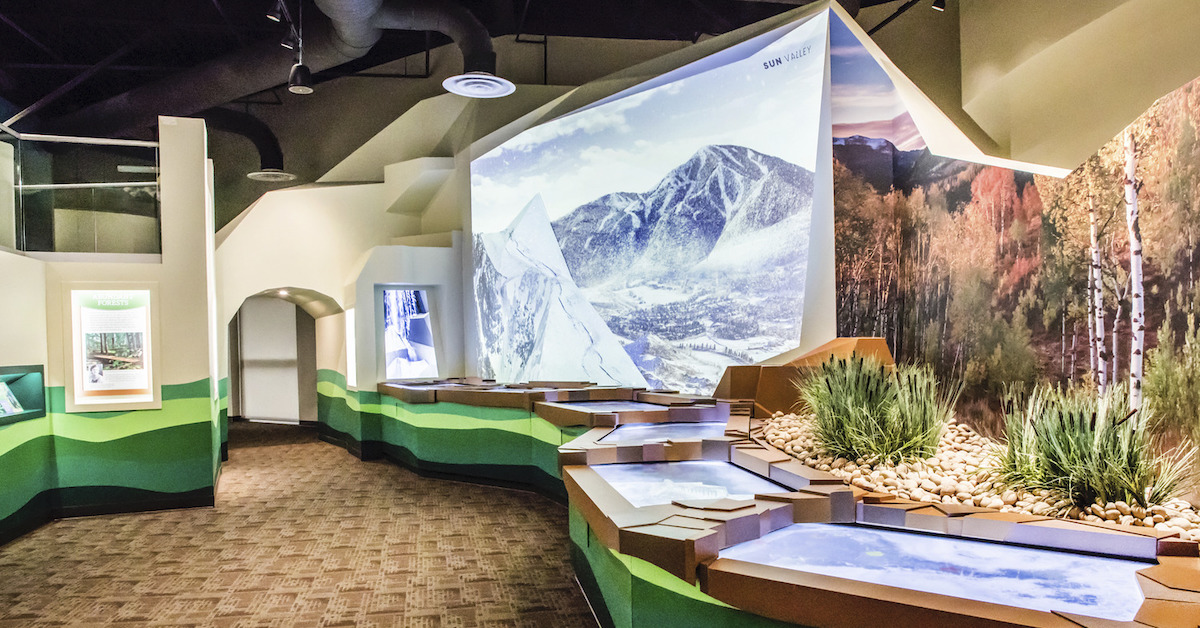


.jpg)

.jpg)



















.jpg)




.jpg)
-png.png)












.jpg)





.jpg)


-(1)_1200x629px.jpg)




.jpg)
.jpg)





-RR.jpg)







.png)




.jpg)






.png)


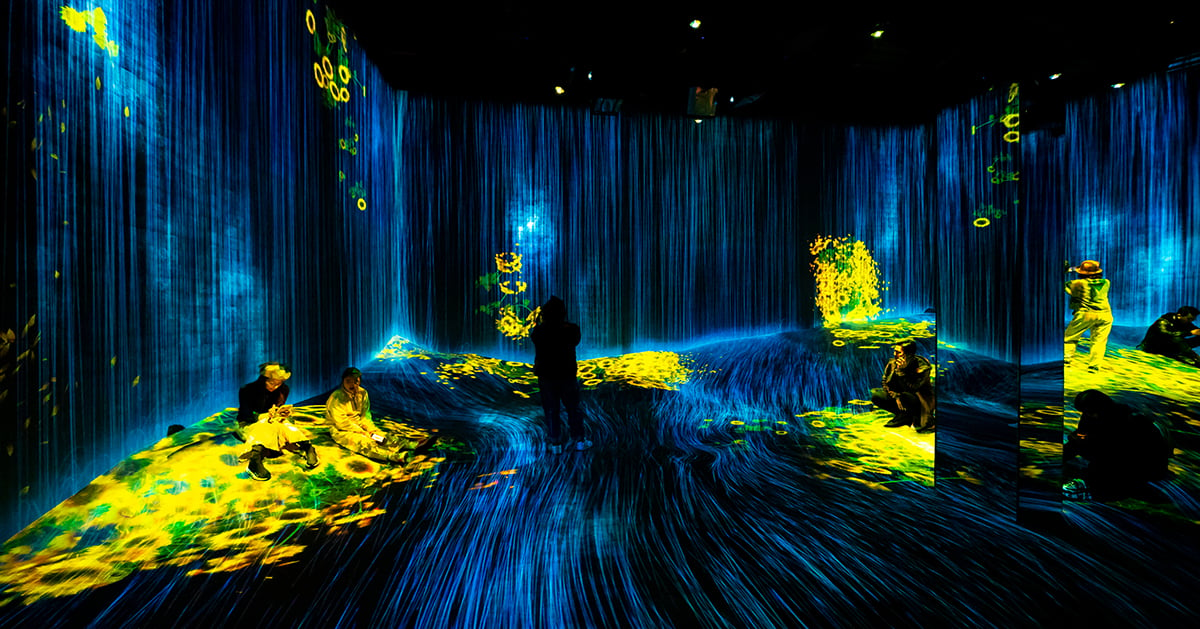


















%20(1)-es.jpg)
.jpg)








.jpg)

.jpg)





.jpg)



.jpg)















.png)

.png)




























.jpg)
.png)





.png)

.jpg)


.png)






.jpg)
.jpg)


